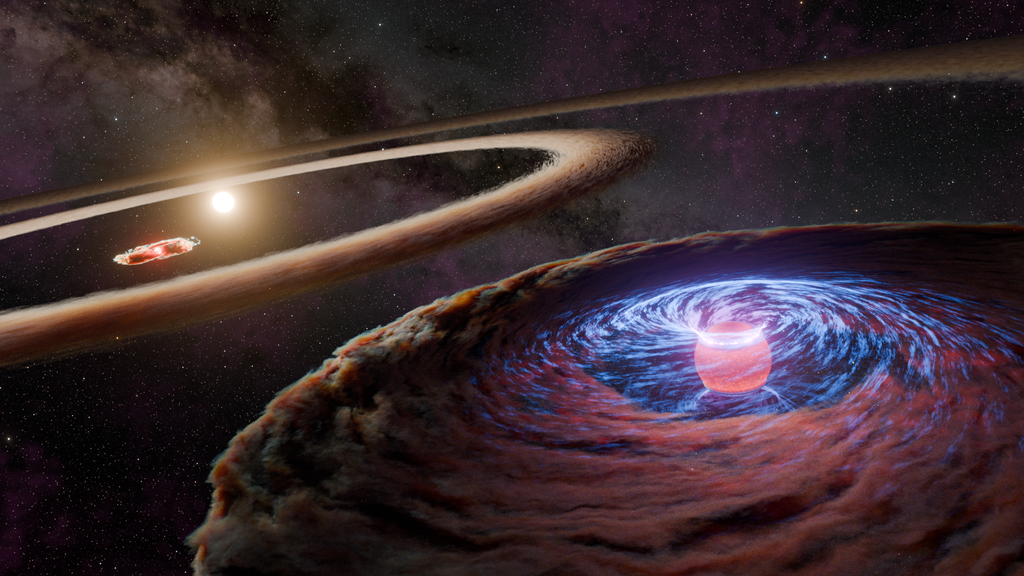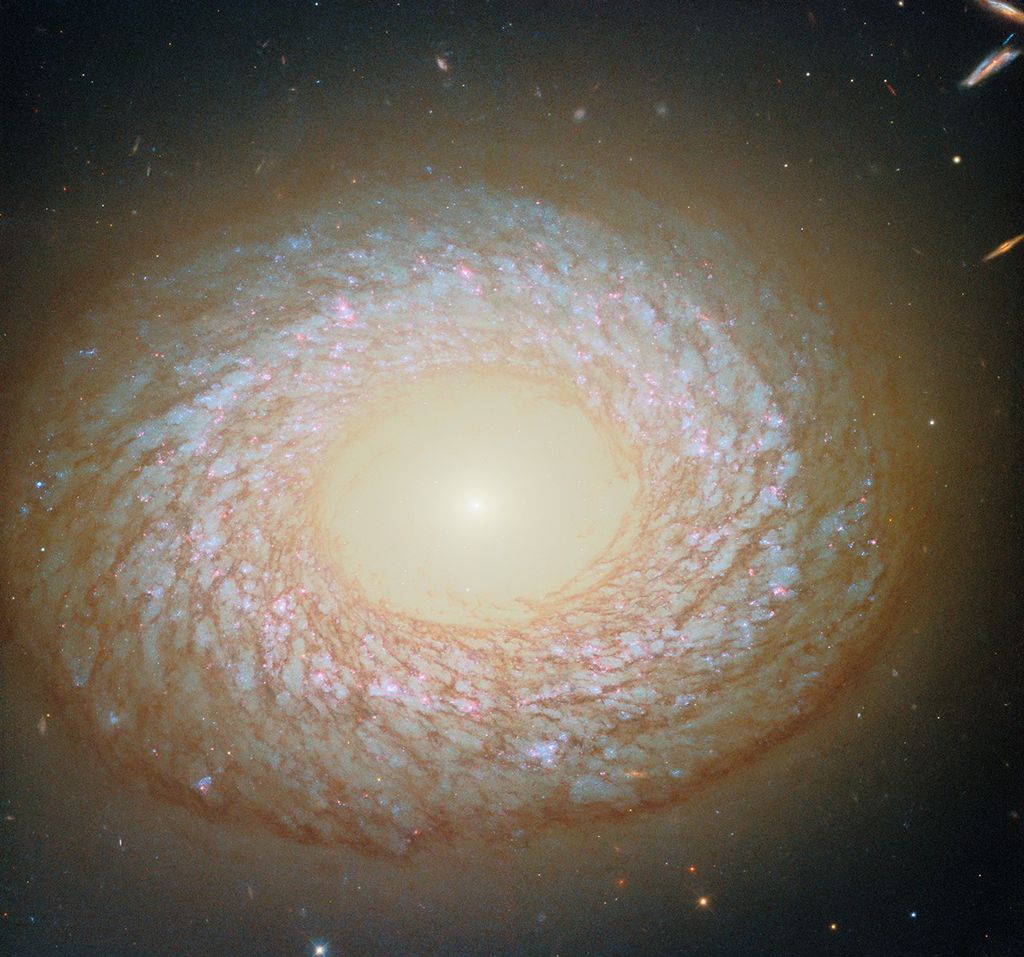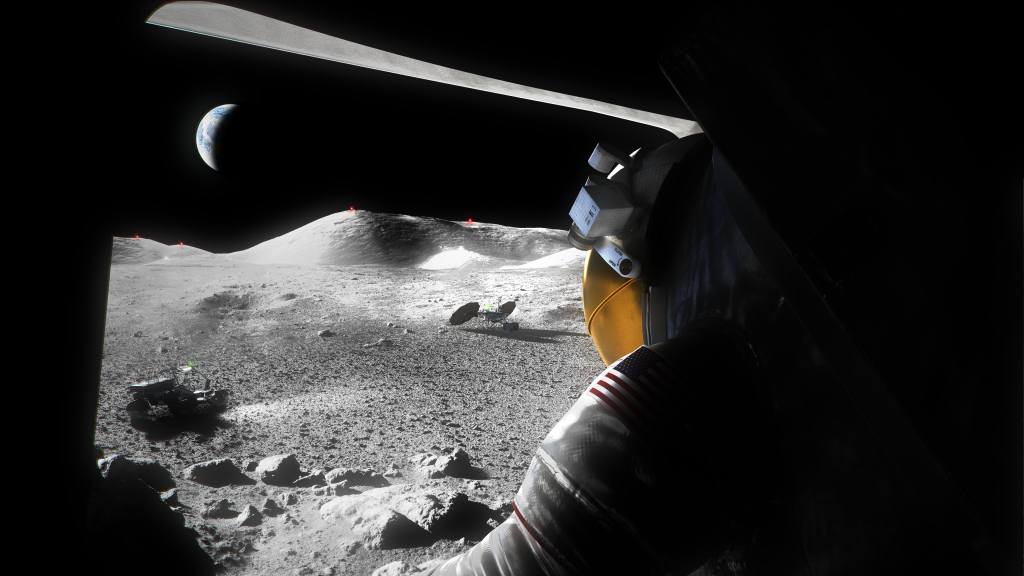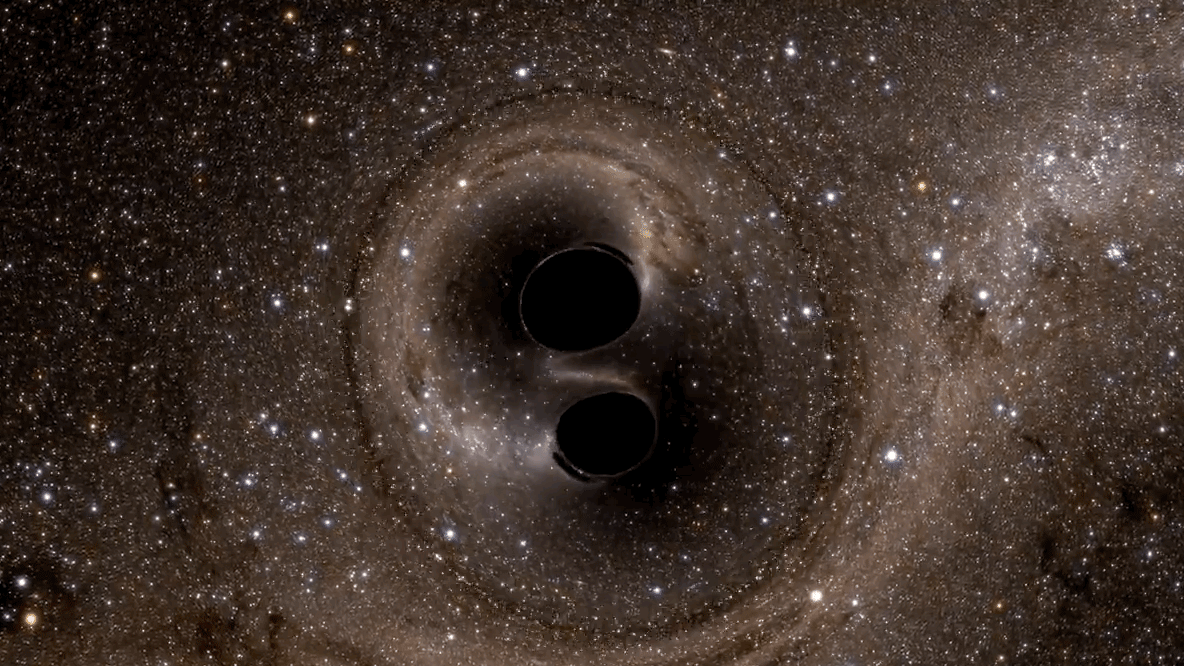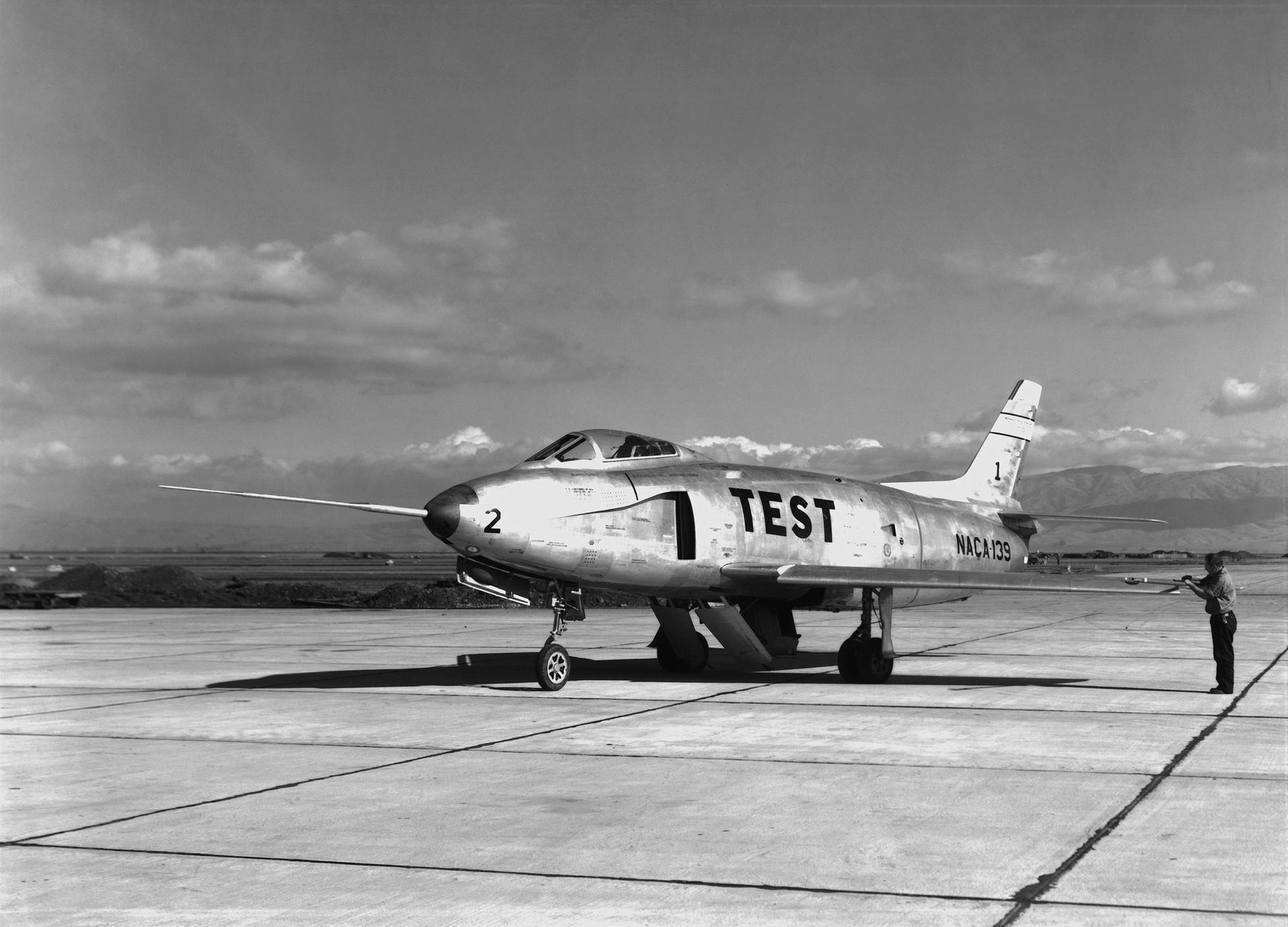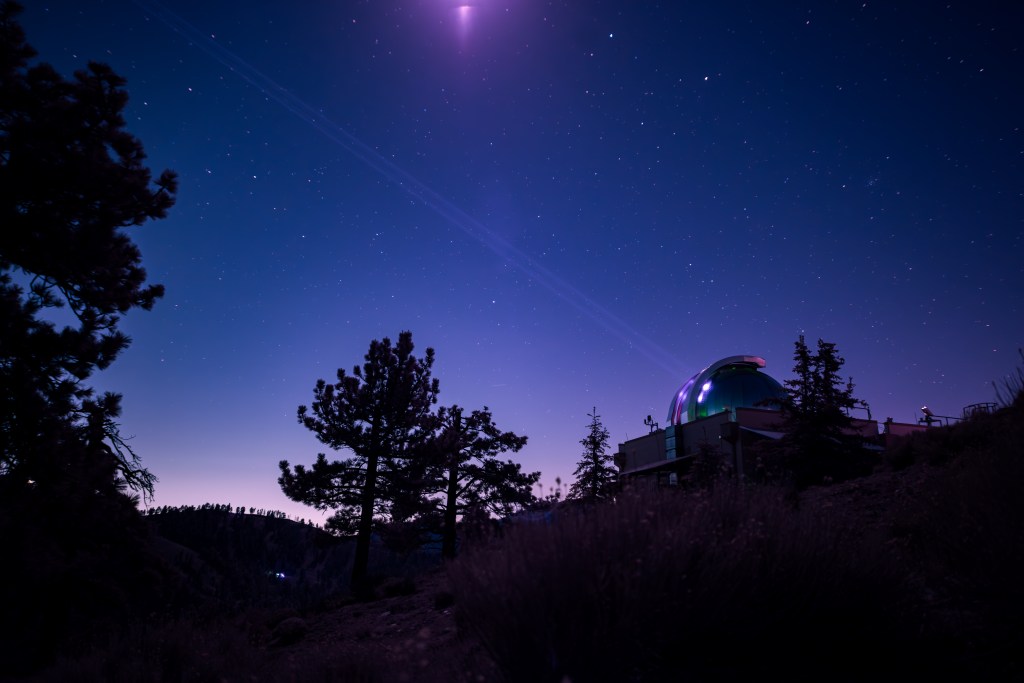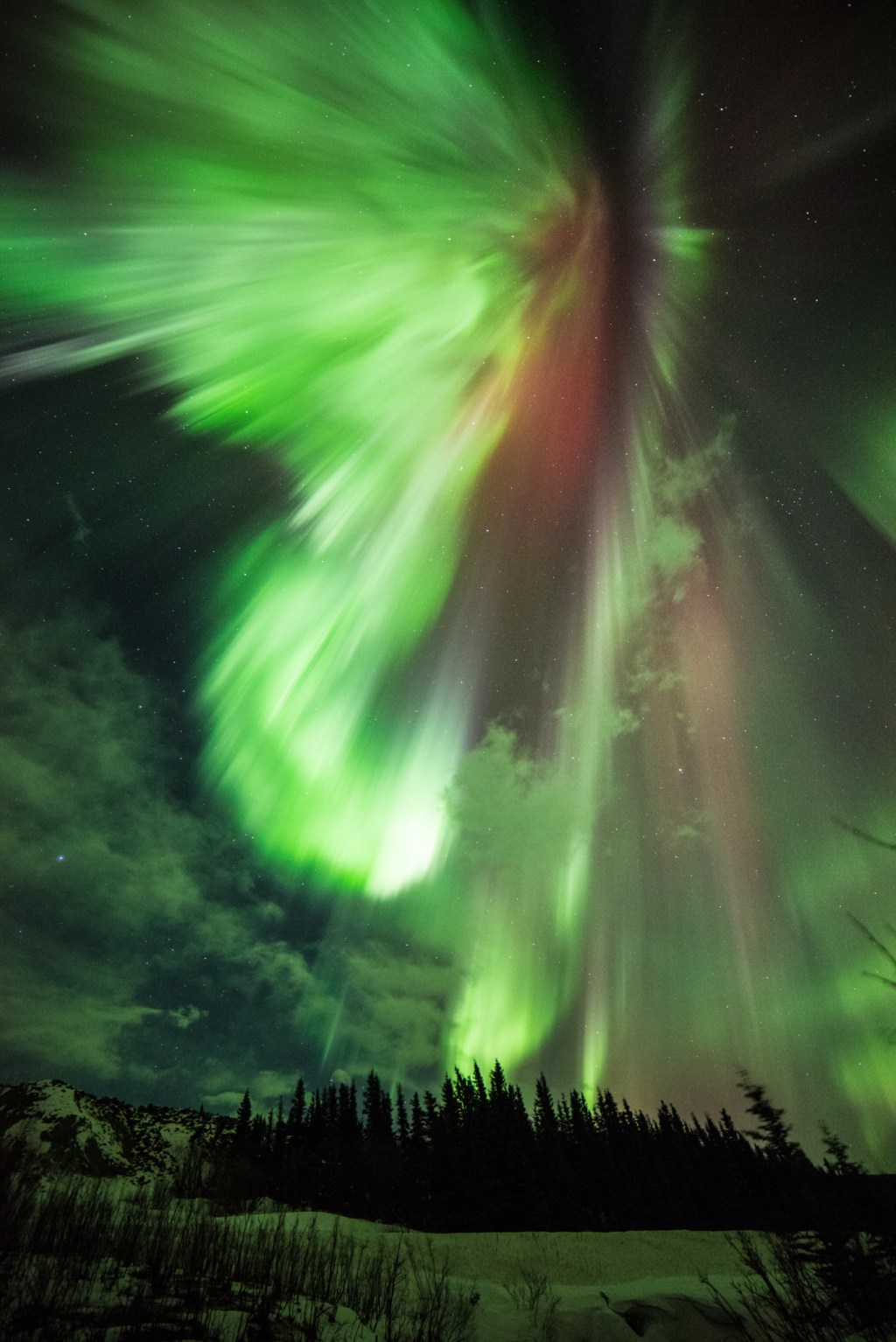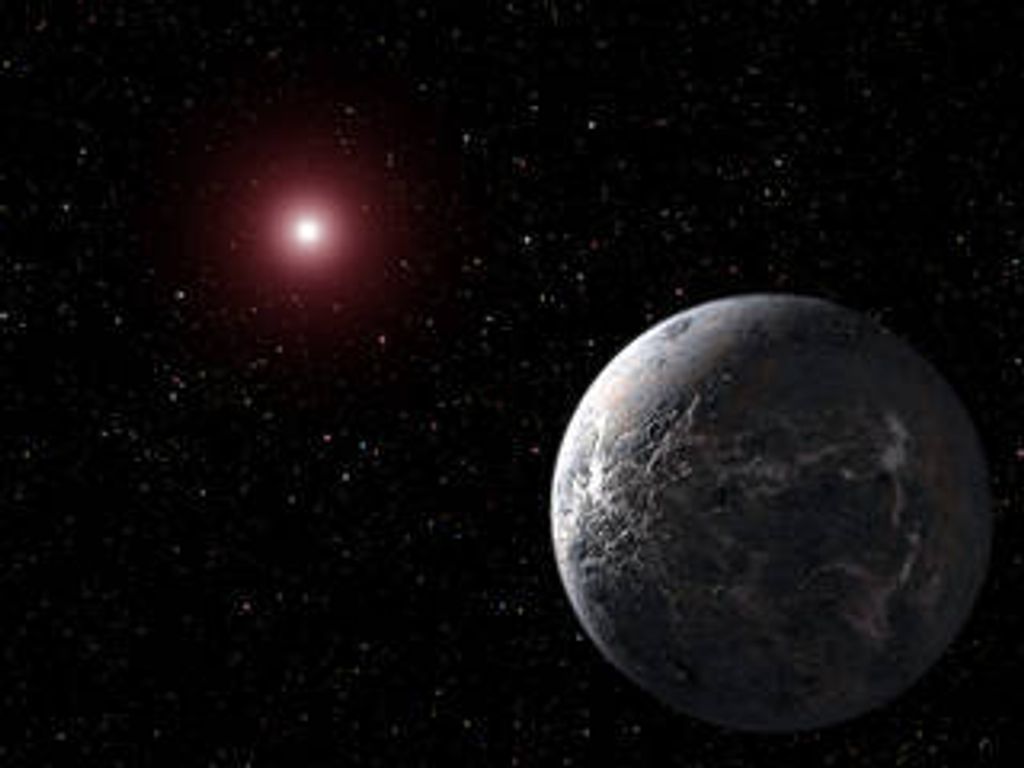1 min read
MACSJ 0138

Three Times a Charm: Hubble Spots Three Images of a Distant Supernova
Now you see them, now you don't.
Three views of the same supernova appear in the 2016 image on the left, taken by the Hubble Space Telescope. But they're gone in the 2019 image. The distant supernova, named Requiem, is embedded in the giant galaxy cluster MACS J0138. The cluster is so massive that its powerful gravity bends and magnifies the light from the supernova, located in a galaxy far behind it. Called gravitational lensing, this phenomenon also splits the supernova's light into multiple mirror images, highlighted by the white circles in the 2016 image.
The multiply imaged supernova disappears in the 2019 image of the same cluster, at right. The snapshot, taken in 2019, helped astronomers confirm the object's pedigree. Supernovae explode and fade away over time. Researchers predict that a rerun of the same supernova will make an appearance in 2037. The predicted location of that fourth image is highlighted by the yellow circle at top left.
The light from Supernova Requiem needed an estimated 10 billion years for its journey, based on the distance of its host galaxy. The light that Hubble captured from the cluster, MACS J0138.0-2155, took about 4 billion years to reach Earth.
The images were taken in near-infrared light by Hubble's Wide Field Camera 3.
About the Object
- R.A. PositionR.A. PositionRight ascension – analogous to longitude – is one component of an object's position.01:38:03.91
- Dec. PositionDec. PositionDeclination – analogous to latitude – is one component of an object's position.-21:55:49.32
- ConstellationConstellationOne of 88 recognized regions of the celestial sphere in which the object appears.Cetus
- DistanceDistanceThe physical distance from Earth to the astronomical object. Distances within our solar system are usually measured in Astronomical Units (AU). Distances between stars are usually measured in light-years. Interstellar distances can also be measured in parsecs.About 10 billion light-years (distance to galaxy hosting the supernova at redshift z=1.95)
- DimensionsDimensionsThe physical size of the object or the apparent angle it subtends on the sky.Image is about 43 arcsec across (about 2 billion light-years at redshift z=1.95)
About the Data
- Data DescriptionData DescriptionProposal: A description of the observations, their scientific justification, and the links to the data available in the science archive.
Science Team: The astronomers who planned the observations and analyzed the data. "PI" refers to the Principal Investigator. - InstrumentInstrumentThe science instrument used to produce the data.WFC3/IR
- Exposure DatesExposure DatesThe date(s) that the telescope made its observations and the total exposure time.July 2016 and July 2019
- FiltersFiltersThe camera filters that were used in the science observations.F105W, F110W, F140W, F160W
- Object NameObject NameA name or catalog number that astronomers use to identify an astronomical object.MACSJ0138
- Object DescriptionObject DescriptionThe type of astronomical object.Galaxy cluster with gravitationally lensed supernova
- Release DateSeptember 13, 2021
- Science ReleaseRerun of Supernova Blast Is Expected to Appear in 2037
- CreditSteven Rodney (University of South Carolina), Gabriel Brammer (Cosmic Dawn Center/Niels Bohr Institute/University of Copenhagen); Image Processing: Joseph DePasquale (STScI)

These images are a composite of separate exposures acquired by the WFC3/IR instrument on the Hubble Space Telescope. Several filters were used to sample narrow wavelength ranges. The color results from assigning different hues (colors) to each monochromatic (grayscale) image associated with an individual filter. In this case, the assigned colors are: Cyan: F105W and F110WOrange: F140W and F160W

Related Images & Videos
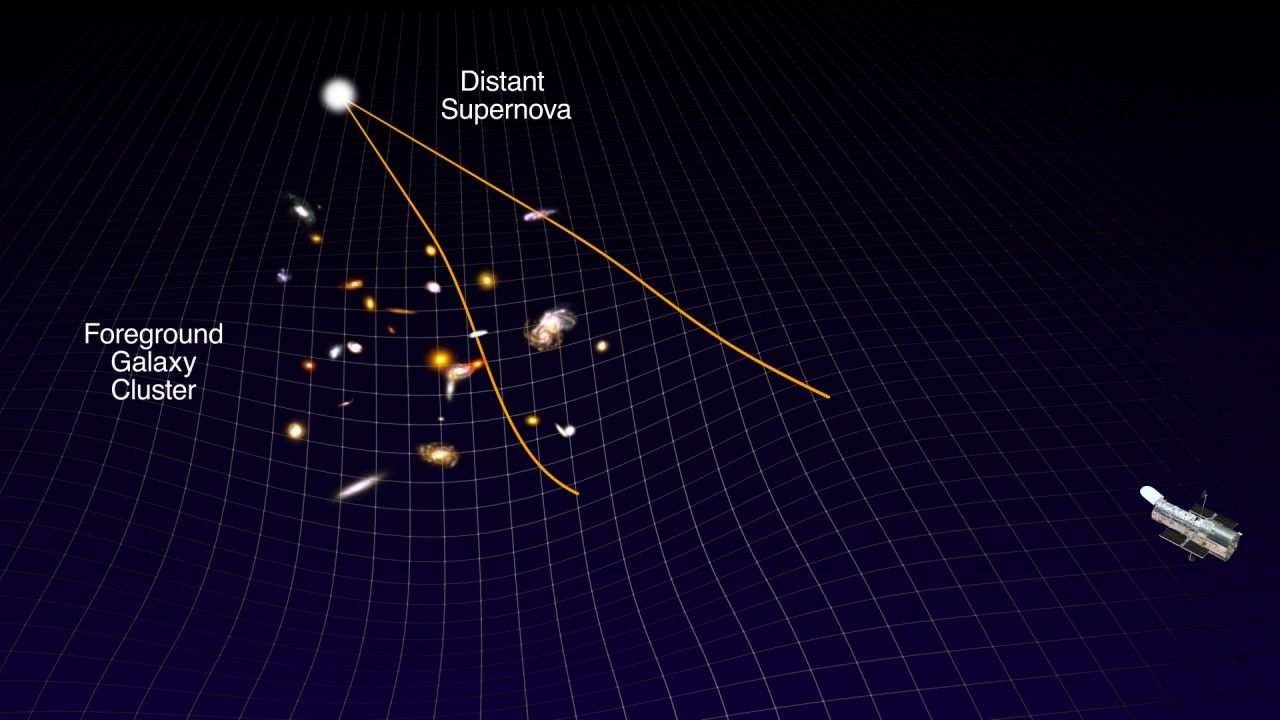
Animation of Supernova Requiem's Light Path
This animation demonstrates how light from Supernova Requiem, which exploded about 10 billion years ago, was split into multiple images by a massive foreground cluster of galaxies. The supernova's light is travelling billions of light-years toward Earth when it runs into the...
Share
Details
Claire Andreoli
NASA’s Goddard Space Flight Center
Greenbelt, Maryland
claire.andreoli@nasa.gov

